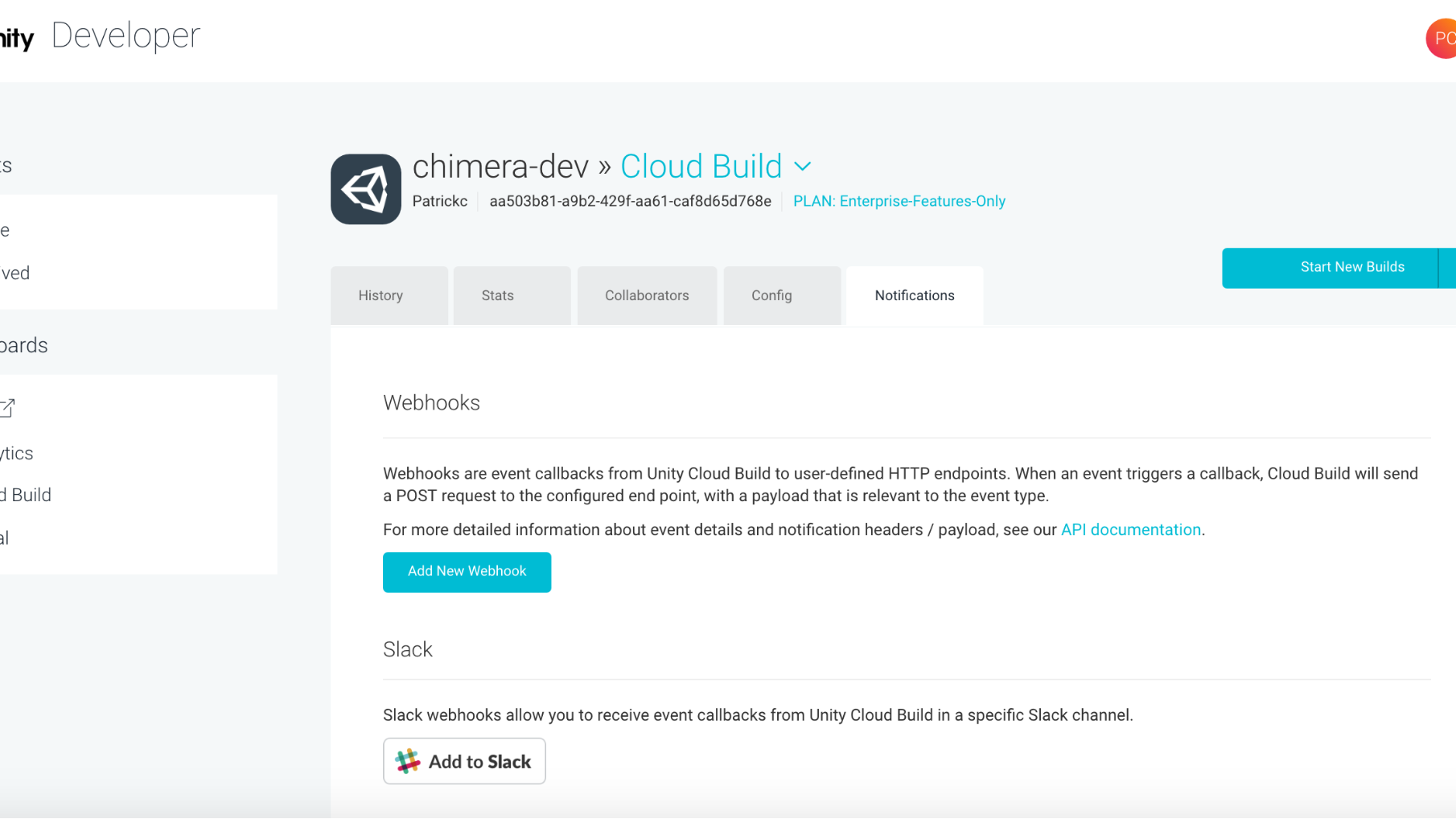

The steps in this module include the following: Make a prediction using the trained modelĬolumns= Model = joblib.load("logistic_regression_v1.pkl") The first step is to create the inference logic in a predict.py module: import joblib The code used in this section can be found in the /kurtispykes/gcp-deployment-example GitHub repo. There are some additional modules to add to your code before you can deploy the model on Google App Engine. Deploying an ML model on Google App Engine Don’t link the project to an organization.Įnsure that you have changed your current project to the newly created project. You also receive $300 worth of free credit to spend over the first 90 days.Īfter the account is created, create a new project and name it something like GCP-deployment-example. However, you will not be charged to sign up for the platform. You are prompted to fill in some information, including your credit card details.

Sign up for Google Cloud Platform through your Google account. While there are several other environments you can use, such as AWS, Microsoft Azure, or on-premises hardware, this tutorial uses GCP for deploying a web service. In this post, you learn three ways to put an ML model into production using Google Cloud Platform (GCP). A successful deployment means that the ML model has been moved from the research environment and integrated into the production environment, for example, as a live application. When building an end-to-end pipeline for an ML system, the last step is to deploy your trained model into a production environment. In part 2, you trained an ML model and saved that model so it could be deployed as part of an ML system. Part 1 gave an overview of the ML workflow, considering the stages involved in using machine learning and data science to deliver business value. In this post, you deploy ML models on Google Cloud Platform.

This series looks at the development and deployment of machine learning (ML) models.


 0 kommentar(er)
0 kommentar(er)
